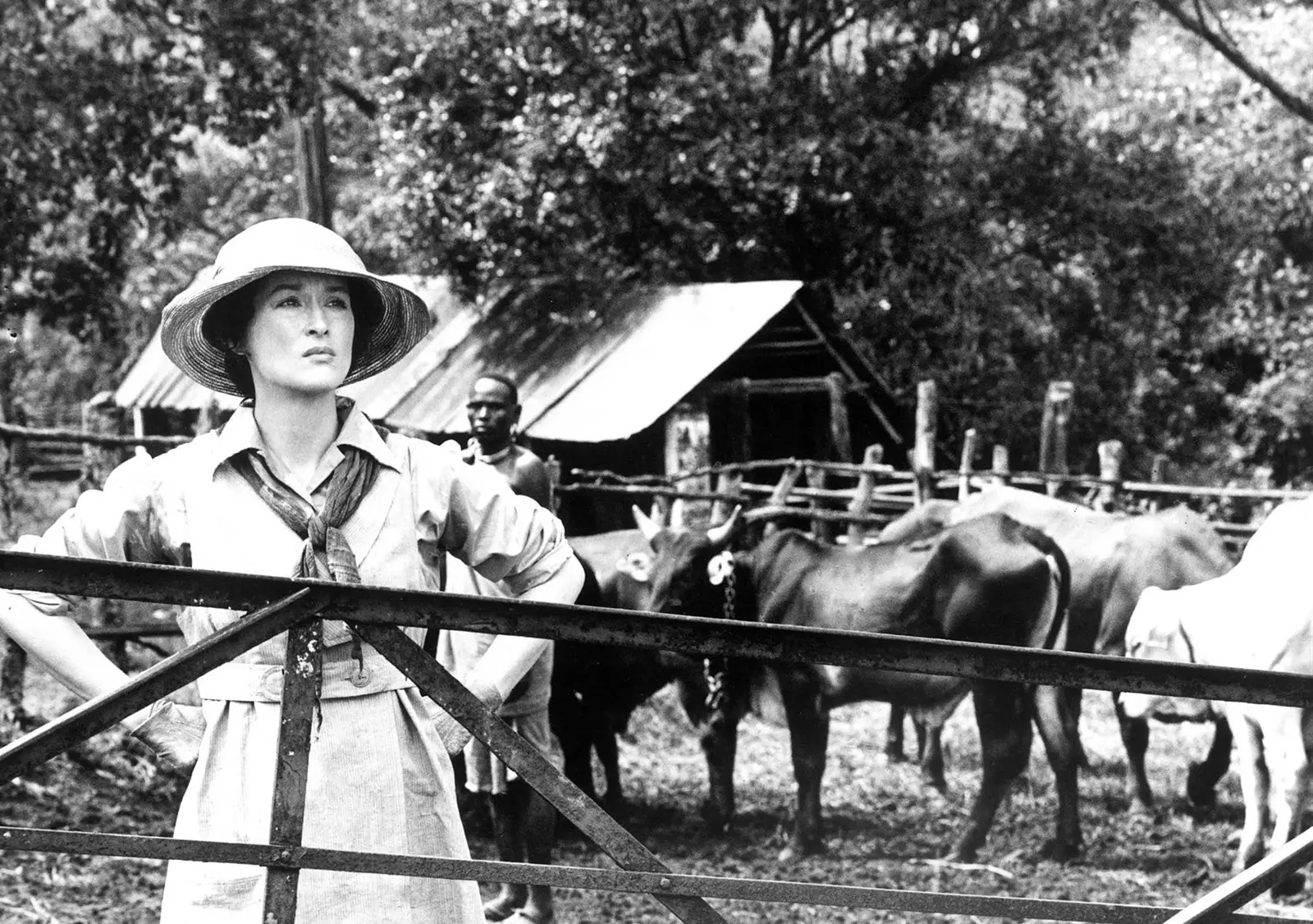
Meryl Streep in 'Out of Africa'
There are travelers who flee and there are travelers who seek. Karen Blixen fled and was found. From that initiation hers would be born, another self of hers: Isak Dinesen , who dedicated his life to telling stories.
Two irreconcilable images identify Blixen and Dinesen. The first, printed by Hollywood in the global imagination, is personified in Meryl Streep in colonial attire. A woman of strong character, locked in a loveless marriage, who redeems herself in a romance of epic dimensions.
Her collapse created the second character: the successful author who claimed to be governed by the rules of classical tragedy. A woman of extreme elegance and thinness who fed on oysters and champagne.
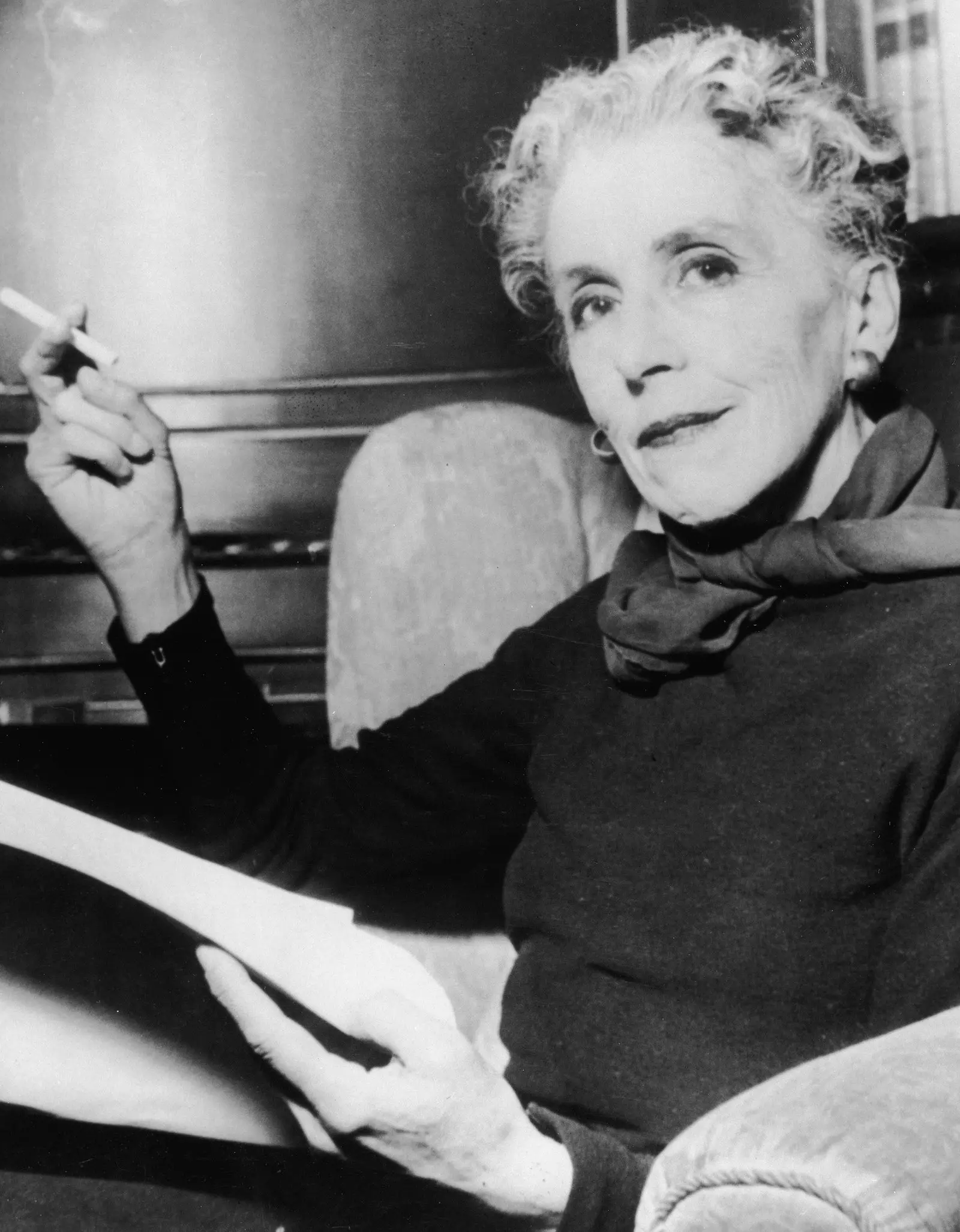
Karen Blixen
It is useless trying to hold on to old photos of Karen Blixen in Africa. After a few seconds, Meryl Streep and her British-Scandinavian diction assert themselves again with the stubbornness of clichés.
The job is easier with Robert Redford and Denys Finch-Hatton. After six seasons of Downton Abbey, we know that the consonants and gestures of the Earl of Winchilsea's son would not be those of the American actor. But it doesn't matter, because John Barry's soundtrack melds any dissonance into the flow of melodrama.
The truth is that the combination of temperance and bewilderment that Karen shows in the film had a cause. Behind the death of her father she grew up on her maternal family's property in Rungstedlund , a few kilometers from Copenhagen .
Aunt Bess and Aunt Lidda Westenholz persevered in suffrage tradition and were firm defenders of women's rights. His liberal convictions and the security of her fortune raised the gaze of her niece beyond a bourgeois marriage.
If Karen's snobbery directed her toward her Blixen-Finecke cousins, Hans's rejection of her led her toward her brother her twin her bror. Her goal wasn't just to be a baroness; she wanted to leave Denmark.
Her first choice was Java, but a relative who had just returned from safari convinced the family of the great possibilities it offered. East africa.
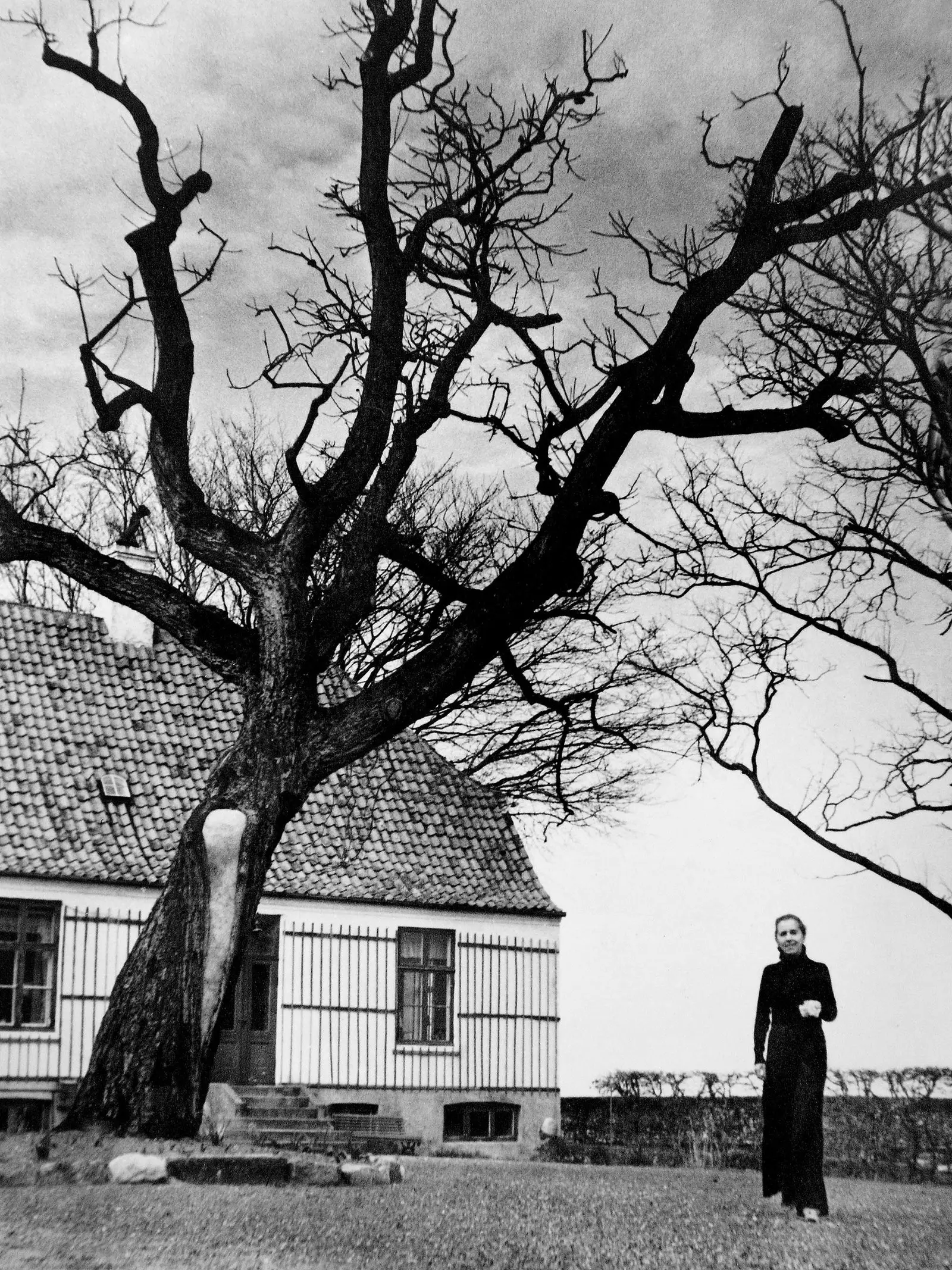
Karen Blixen in Rungstedlund
The Karen Coffee Company she was born with 2,500 hectares near Nairobi, of which 250 would be dedicated to cultivation. The Westenholz put up the money and made the decisions. Bro did not intervene.
For Karen, Africa was a space of freedom that her memory reworked as a mythical place outside the conventions of Europe. She has been repeatedly accused of racism , and it is true that the set of memories that she composes Out of Africa includes awkward bits about the natives.
But her Africa is not the current one. She accepted the culture of its inhabitants as one more element of nature. She idealized and abstracted the lyrical dimension of her ignoring the injustice and appropriation of the colonial system. Her aristocratic conscience deprived her of critical capacity.
and Bror. The dissipated and cynical Klaus-Maria Brandauer produces the sympathy of unrepentant scoundrels. But the relationship was not as neat as the script suggests. The complicity between the two was maintained after the outbreak of syphilis the first year of marriage.
The baron was manager of the property until the visit of Thomas Blixen in 1921 revealed his incompetence. Bror was fired and Karen took over the farm. Her family pressured him to divorce her. Her initial resistance gave way and their separation became official four years later.
Between 1926 and 1931, Finch-Hatton lived with Karen between her hunting expeditions. Sometimes, she accompanied him and they flew in the plane Gipsy Moth , the same one that collapsed somewhere in Kenya the year the Karen Coffee Company went bankrupt.
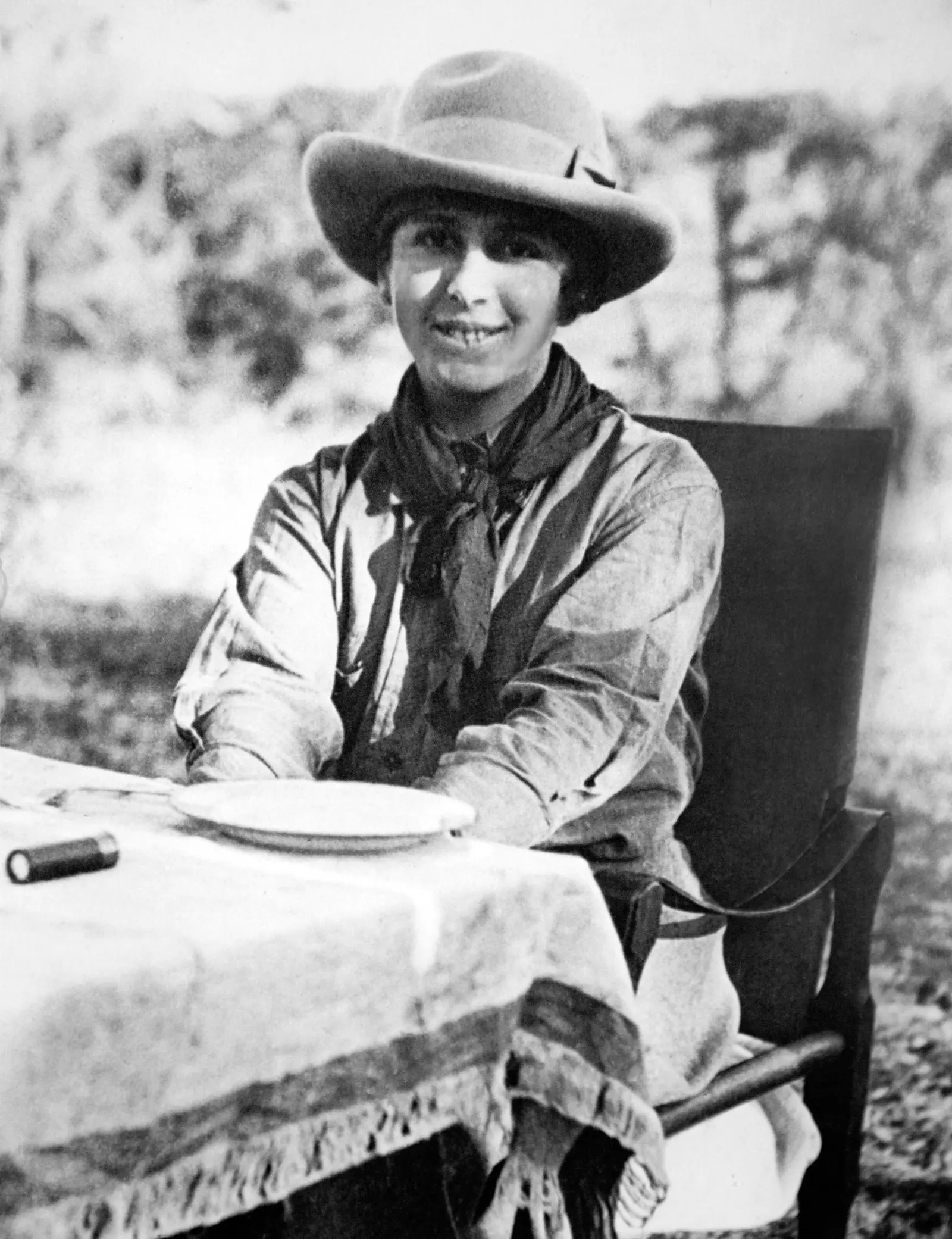
blixen on safari
An obelisk marks the tomb of Denys in the ngong hills . Although the bronze plaque has been stolen and wildlife is scarce, the sight remains.
The farm land was sold to a real estate developer who parceled it out and he created the neighborhood that is still called Karen. There, in the confusion of the outskirts of Nairobi, the stone house with the large veranda still stands, converted into a museum.
The wooden paneling and some testimonial samples of the furniture subsist. . It is not surprising that it was reproduced a few kilometers away for filming. Its proportions make up the ideal setting for romance. It is easy to imagine the flowered tapestries, the porcelain, the wicker and the silver oil lamps; elements of an intimate paradise that vanished.
An exile marked by the real or imaginary aftermath of Karen's illness, storytelling and the creation of masks remained. Her return to Rungstedlund launched her into the refuge of writing.
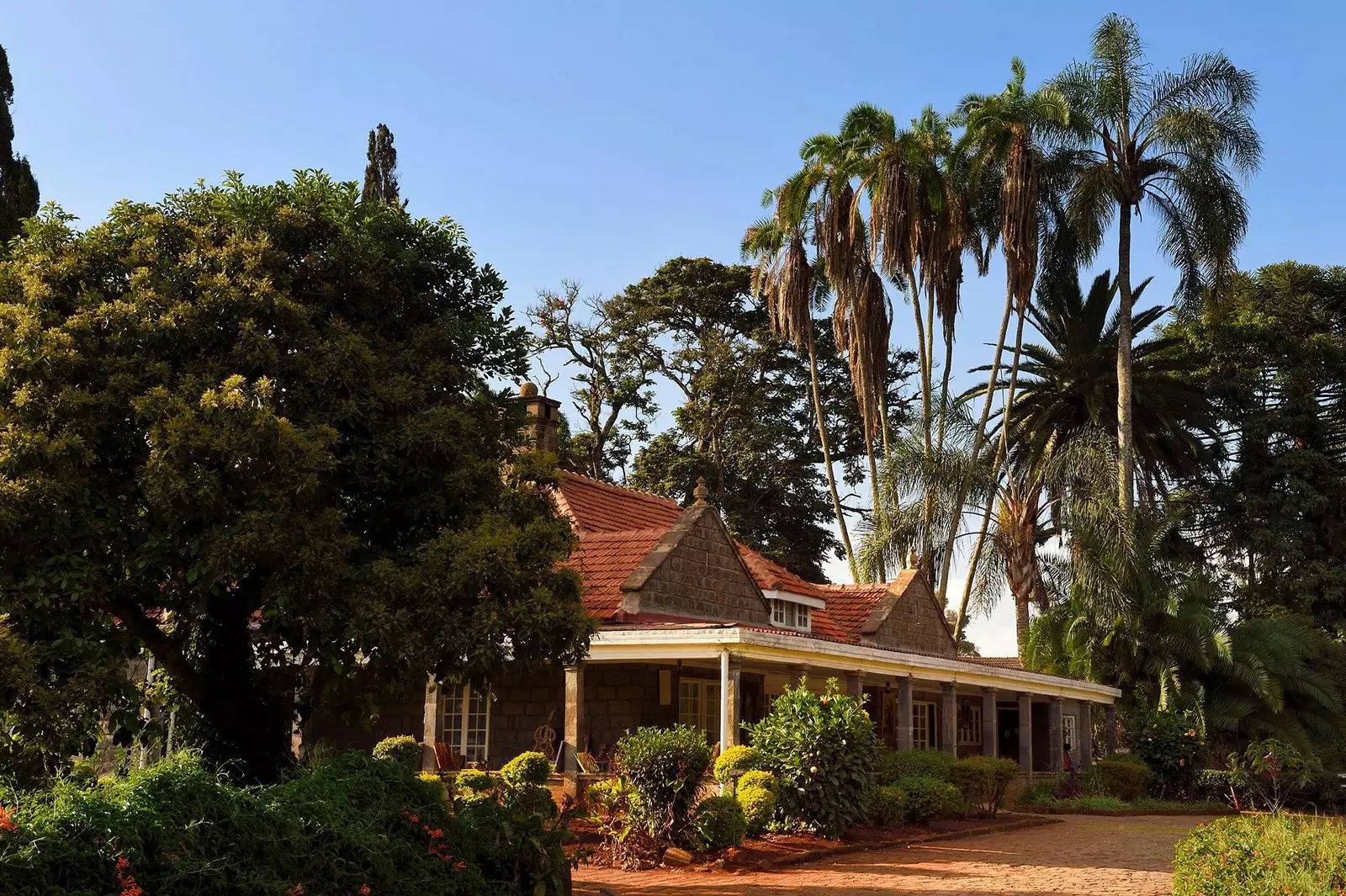
Karen Blixen's farm in Nairobi
Isak Dinesen was born as a personification of that remote place. seven gothic tales , her first book, draws an escape in distant coordinates, in a distant time. His style is visual, anachronistic, decadent.
Hermetic, uncritical, Karen-Isak never stopped using the title and her manners became as eccentric as her diet. She not only drank oysters and champagne. She also ate shrimp, asparagus and grapes. He was drinking tea. Although the analyzes insisted on curing him, the author assimilated his condition as a taboo.
Sexless, she lived among specters. She never set her stories in Africa. "I couldn't," she said. "It's too close."
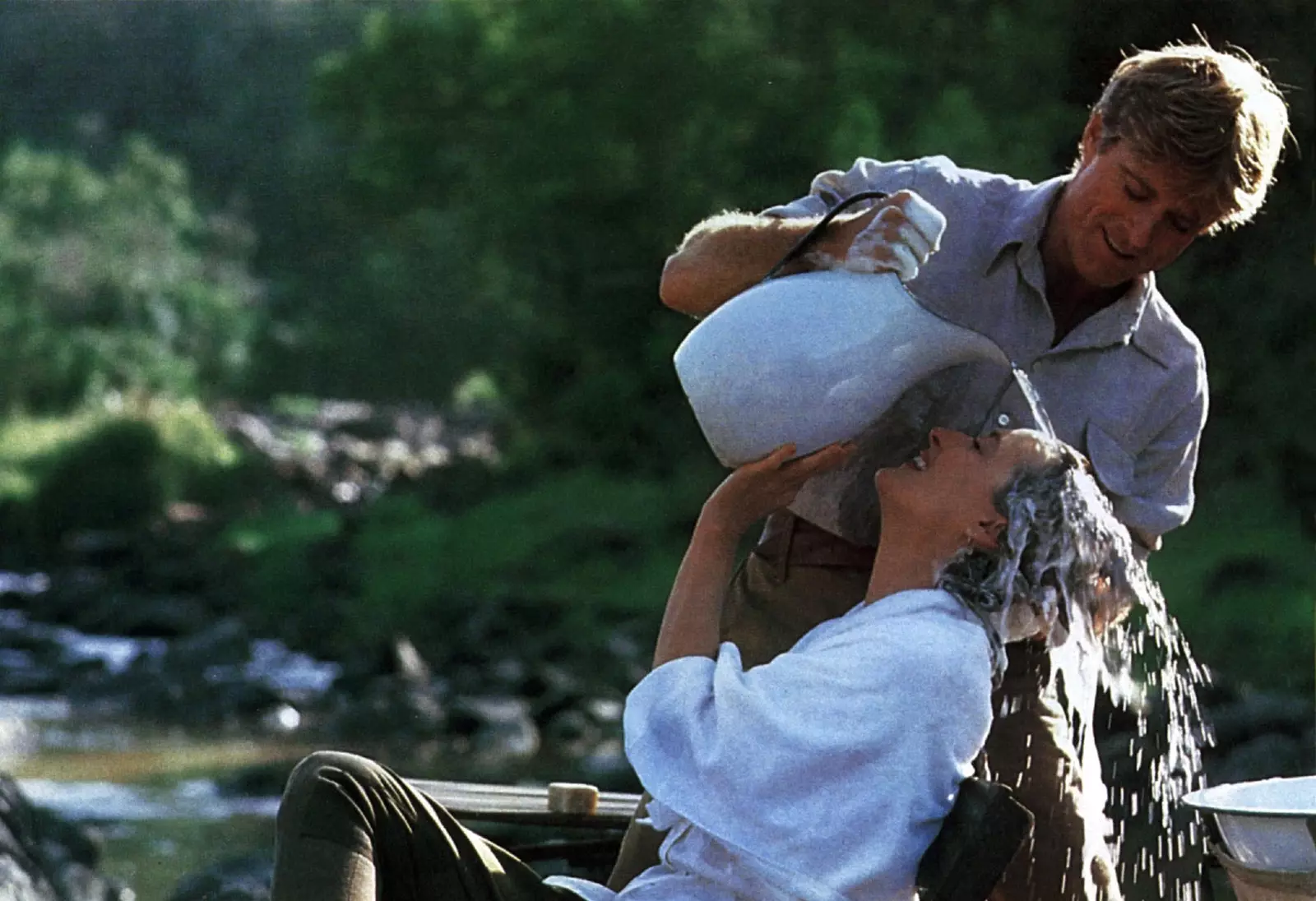
Meryl Streep and Robert Redford in 'Out of Africa'
